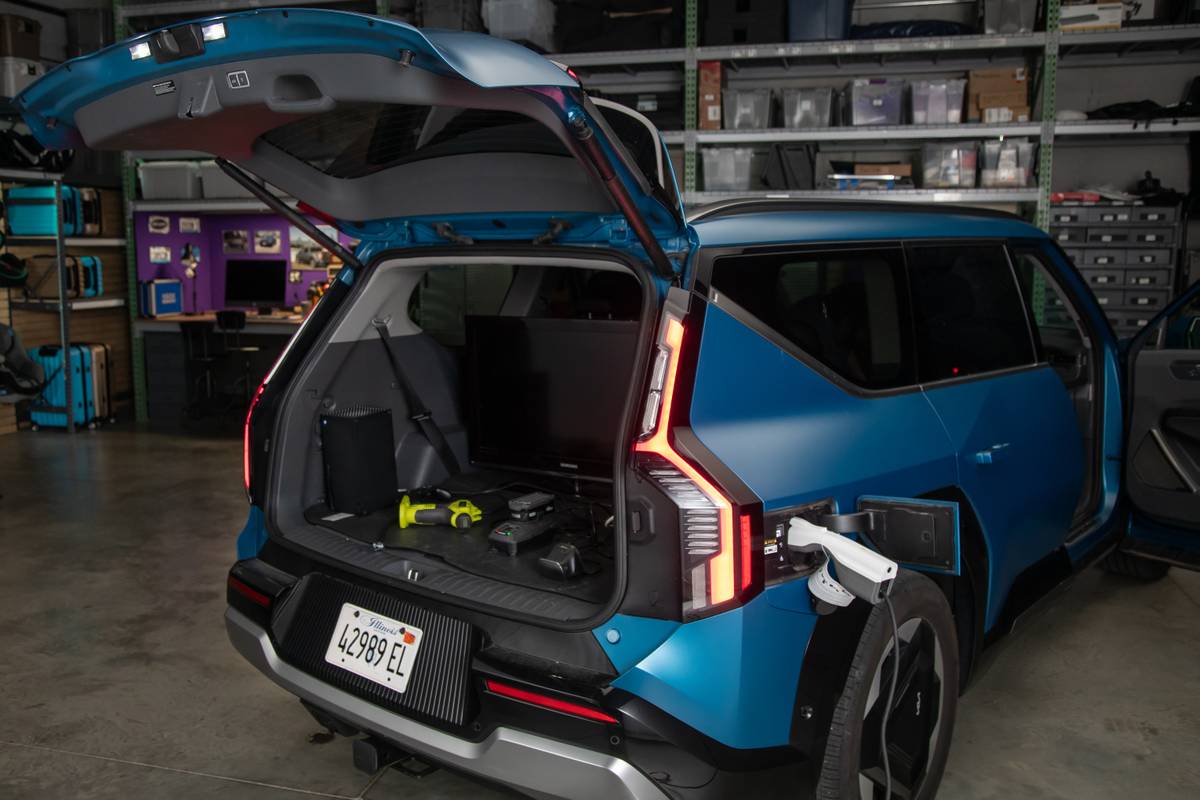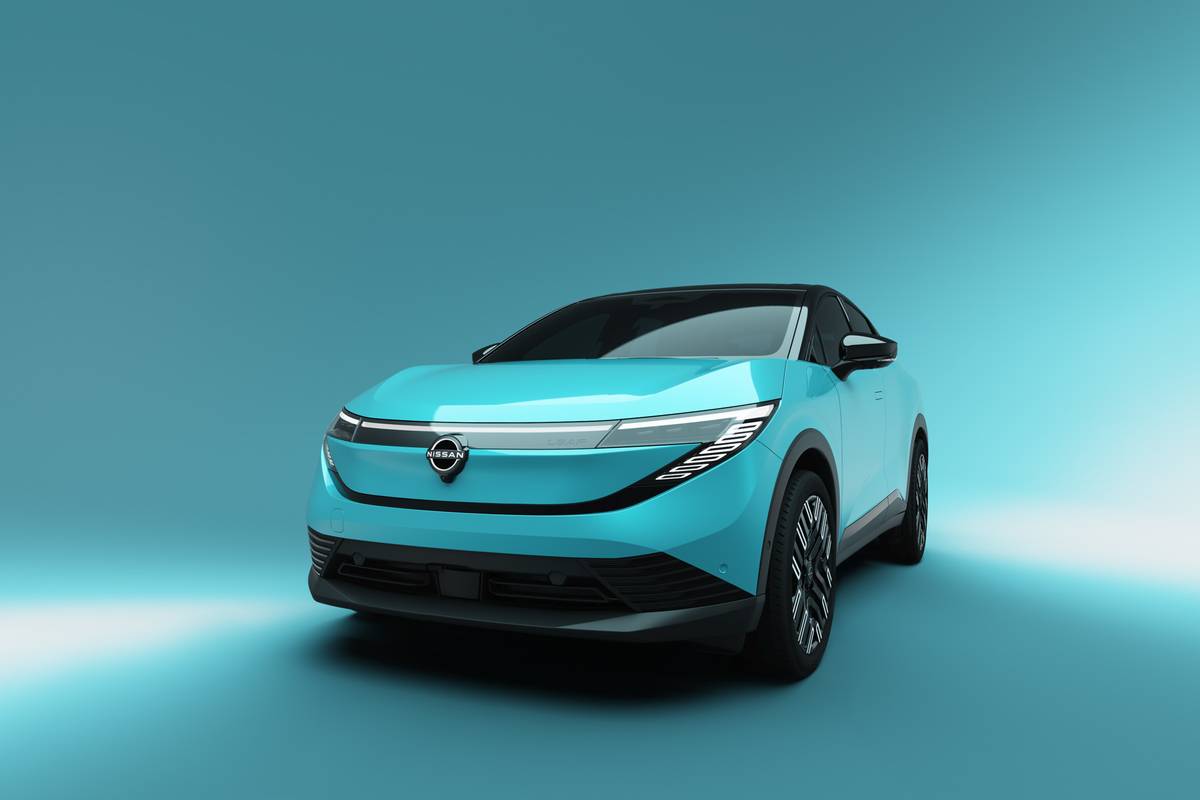IndyStar.com's view
Acura Division of Honda Motor Co. always has been somewhat of a sporting proposition, as witnessed by its rear-engine Acura NSX sports car and Honda’s racing activities.
Now, the division is introducing a new sports coupe that is more in line with what consumers can afford than the $84,000 NSX.
The car is a special front-drive, high-performance 1997 Integra Sports Coupe Type R model. Local Acura dealers say they expect to see their first models in July or August. The price is expected to be between $25,000 and $26,000.
For that, you not only get a slick-looking set of wheels but a highly advanced one that derives many of it features from the NSX.
Engineering has placed a heavy emphasis on performance, both in the engine and chassis.
The Honda 1.8-liter (110-cubic-inch) engine that powers the Type R develops more horsepower per liter than any mass-produced engine in the United States. The car is 93 pounds lighter than its sibling Integra coupe. The chassis is lower. And aerodynamic refinements result in 30 percent lift and 1 percent less aerodynamic drag.
These are just the principal items in 22 key performance features of the special Type R.
By anybody’s definition, it is a good-looking automobile, whether viewed from the low front end with a chin spoiler or the high deck rear with a wing-type spoiler.
The primary aerodynamic focus of designers was to balance the front and rear down force, and to create a condition of minimal wind noise around such crucial areas as the windows.
Body rigidity is improved by adding front and rear reinforcements. A large percentage of the vehicle mass is near the center of the car to enhance vehicle response and stability when going fast.
One of the design priorities was visibility, both day and night. The thin but strong A windshield pillars and a compact engine contribute to a low cowl that enables the R to offer 298.9 degrees of visibility.
For enhanced nighttime illumination and a modern look, low-beam projector lamps are used. These lamps reach 13 feet farther and illuminate an area 20 percent greater than those on the previous Integra.
The high beams, which utilize improved halogen lamp technology, reach 125 feet farther and illuminate an area 2.5 times greater.
But, a pretty face does not a performance car make.
To address this issue, the Type R relies on a four-cylinder, dual overhead cam, 16-valve Honda motor that is about as advanced as you can get.
Power output is 195 horsepower from 110 cubic inches. And any time you get that many horses from those few inches for a street engine, you’ve got engineering.
The key is Honda’s VTEC system (variable valve timing and lift electronic control) that was pioneered in the NSX sports car.
This system uses three cam lobes and three corresponding rocker arms to actuate each pair of intake and exhaust valves. The two outside cam lobes and rockers actuate the valves for low and mid-range speeds. At 5,700 rpm, the high lift middle lobe an d rocker take over for high speed work.
Other speed enhancements include increasing the size of the intake manifold runners and hand polishing the intake and exhaust ports. This enhances air/fuel flow, and this engine flows air like you wouldn’t believe.
The horsepower peaks at 8,000 rpm, with the redline set at 8,400 rpm and the fuel cut off at 8,500 to keep from overrevving the motor. The 130 foot-pounds of torque peaks at 7,500 rpm, so it is clear that you need to keep the engine turning for top performance.
To successfully operate an automobile like this, it is absolutely essential that the driver feel right at home.
The cockpit segment of the interior has the basic bucket seats separated by a center console. The sports seats here have ample seat and seat-back bolsters to provide high lateral support in fast turns.
Instrumentation is the four-gauge speedometer, tachometer, temperature, fuel setup, and this is where the Type R’s designers and I part company.
With a n eng ine that redlines at 8,400 rpm and the transmission being a manual five-speed (no automatic is offered), I’d feel a whole lot more comfortable with an oil-pressure gauge than the existing oil-pressure indicator light. If the oil pressure begins to drop and I’m in danger of losing the engine, I don’t want to wait until the light comes on.
Latest news



